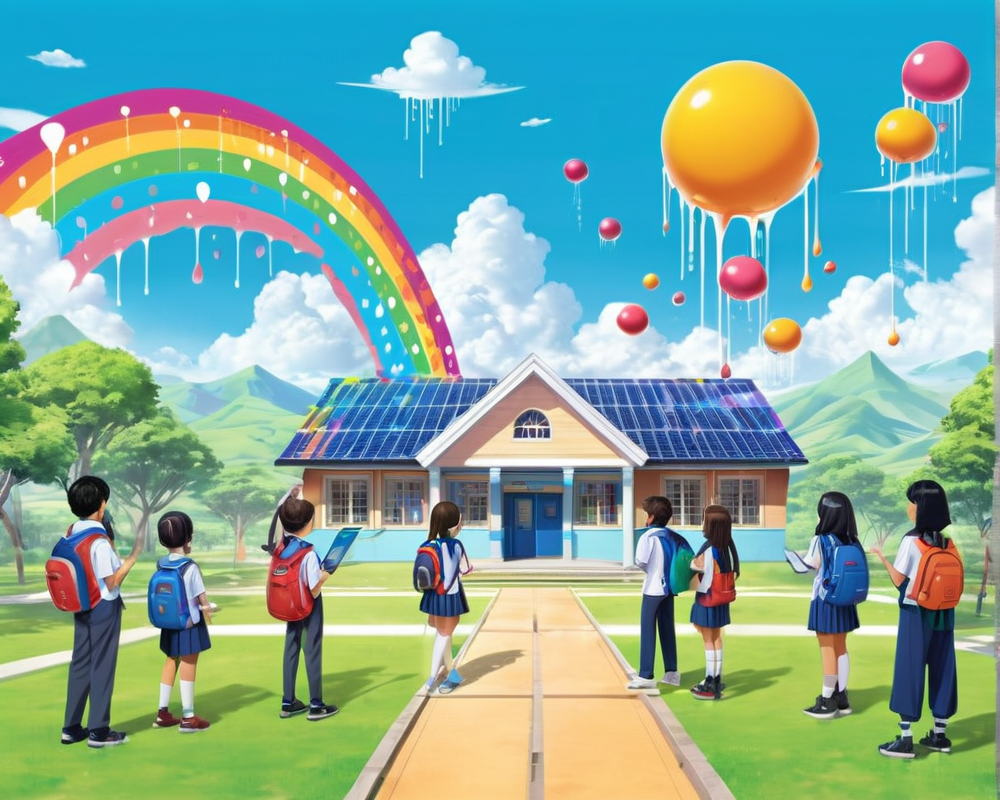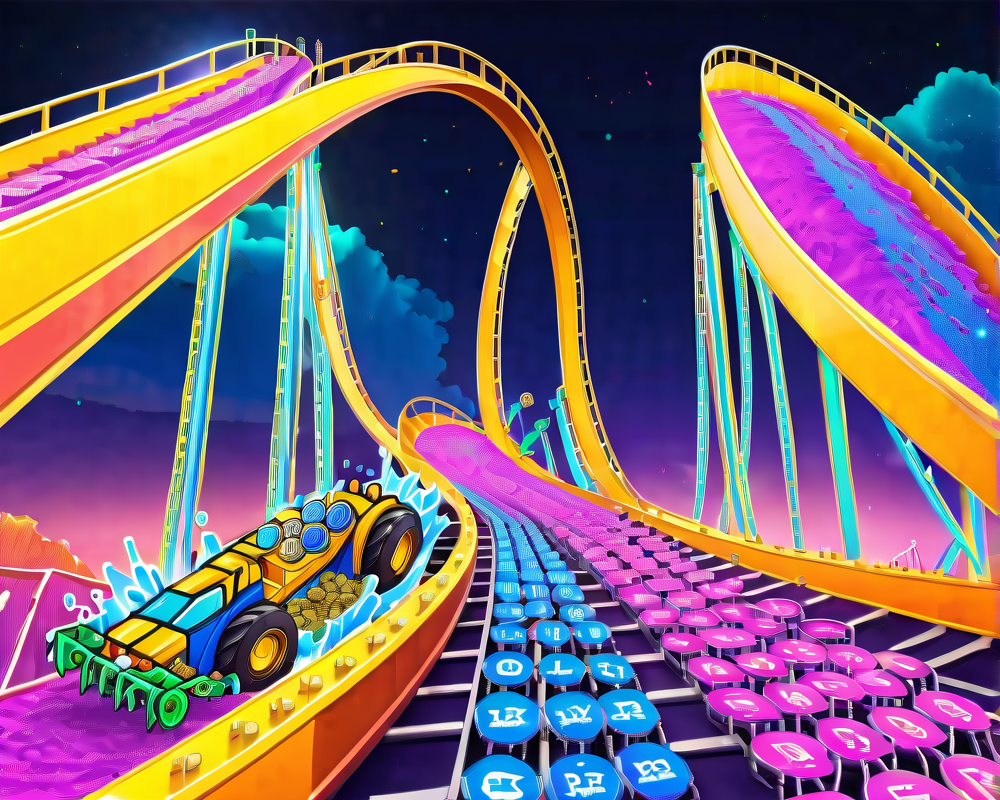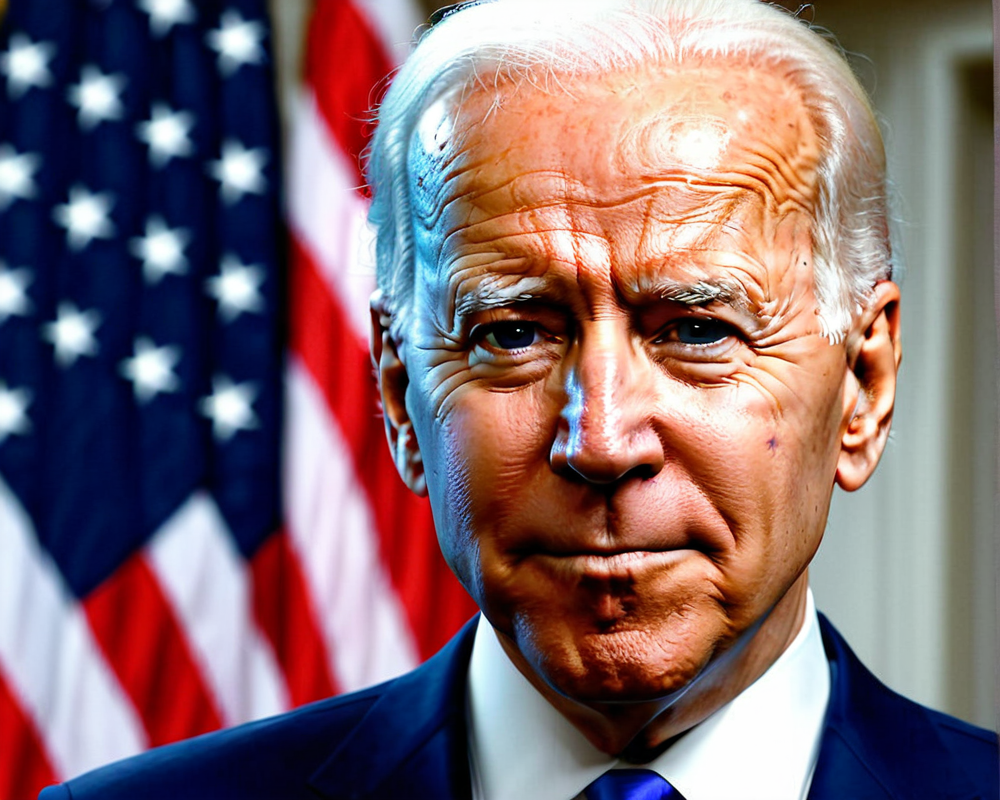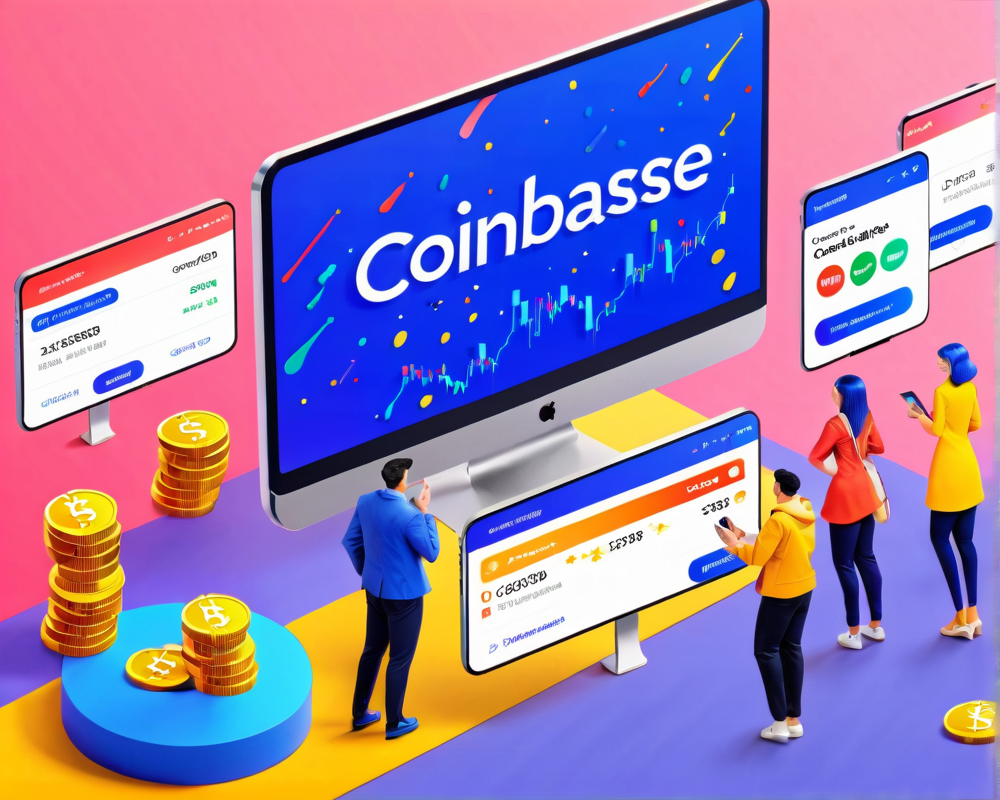The Internet: A Luxury for Some
In a world where connectivity is as common as a morning coffee for many, the stark reality is that about 2.9 billion people are still waiting for the ‘You are connected’ notification. The majority of this underserved population resides in developing regions, where the lack of internet access at schools leaves students with fewer educational tools than a caveman with a stick. Unsurprisingly, children are continually left at a disadvantage in the modern, tech-driven educational landscape.
Giga’s Obstinate Quest for Connectivity
In 2019, an inspired initiative spearheaded by UNICEF unveiled Giga—a project set to work not only on wiring up schools but also on changing the narratives surrounding education in remote areas. The partnership with the International Telecommunication Union, now that’s teamwork! Talk about building bridges rather than walls.
Mapping a Path to Progress
According to Gerben Kijne—who eloquently handles the blockchain side of things for Giga—one of the pioneering steps toward alleviating this digital drought was to map schools and their connectivity status through Project Connect. Using cutting-edge machine learning techniques to analyze satellite imagery, Giga has managed to identify over 1.1 million schools across 49 countries. A whopping one-third of these schools have been assessed for their internet connectivity situation. Think of it as a digital treasure map, but instead of gold, it leads to gigabytes!
Fundraising with a Twist of Blockchain
With this extensive inventory of schools crying for connectivity, Giga then rolled out an innovative fundraising initiative exploiting the might of blockchain, cryptocurrency, and the enigmatic world of NFTs. In March 2022, they partnered with Dutch artist Nadieh Bremer to release a unique collection of 1000 procedurally-generated NFTs representing schools both connected and unconnected to the internet. Now that’s an artsy way to save the world—or at least to bring Wi-Fi to it!
NFTs: The Modern Philanthropy
During a follow-up chat with Kijne, he brilliantly articulated the avant-garde philosophy behind Giga’s Patchwork Kingdoms NFT project. The public sale not only echoed the NFT craze, raising approximately 240 Ether (ETH) (about $700,000), but also sparked a conversation about what philanthropy looks like in the digital age. Instead of just warm fuzzies or a generic thank-you email from UNICEF, donors could literally have skin in the game—owning a piece of art tethered to their good deed.
Kijne stated, “NFTs provide a fascinating use case; we’re exploring a fresh model of philanthropy for the next generation.” His belief is that NFTs can help donors track their contributions’ impact, thus fostering a symbiotic relationship between givers and recipients. Now, looking at your school’s NFT isn’t merely aesthetic; it’s like peeking into a digital window to see your funds in action.
Lessons Learned and Future Impact
Through this ambitious project, many lessons surfaced. Kijne emphasized that establishing a community before the launch may have spiced things up. The NFT realm operates on two fuels: community building and the speculative whims of opportunists. There’s always that curious individual who thinks, ‘Unicef NFT? Gimme!’
Regardless, Giga managed to sell out their offerings within three hours and brought in an additional 20% from secondary sales. It’s a tale of persistence and brainpower, proving that creativity combined with technology can indeed illuminate the path toward a more connected world. Cheers to that!




